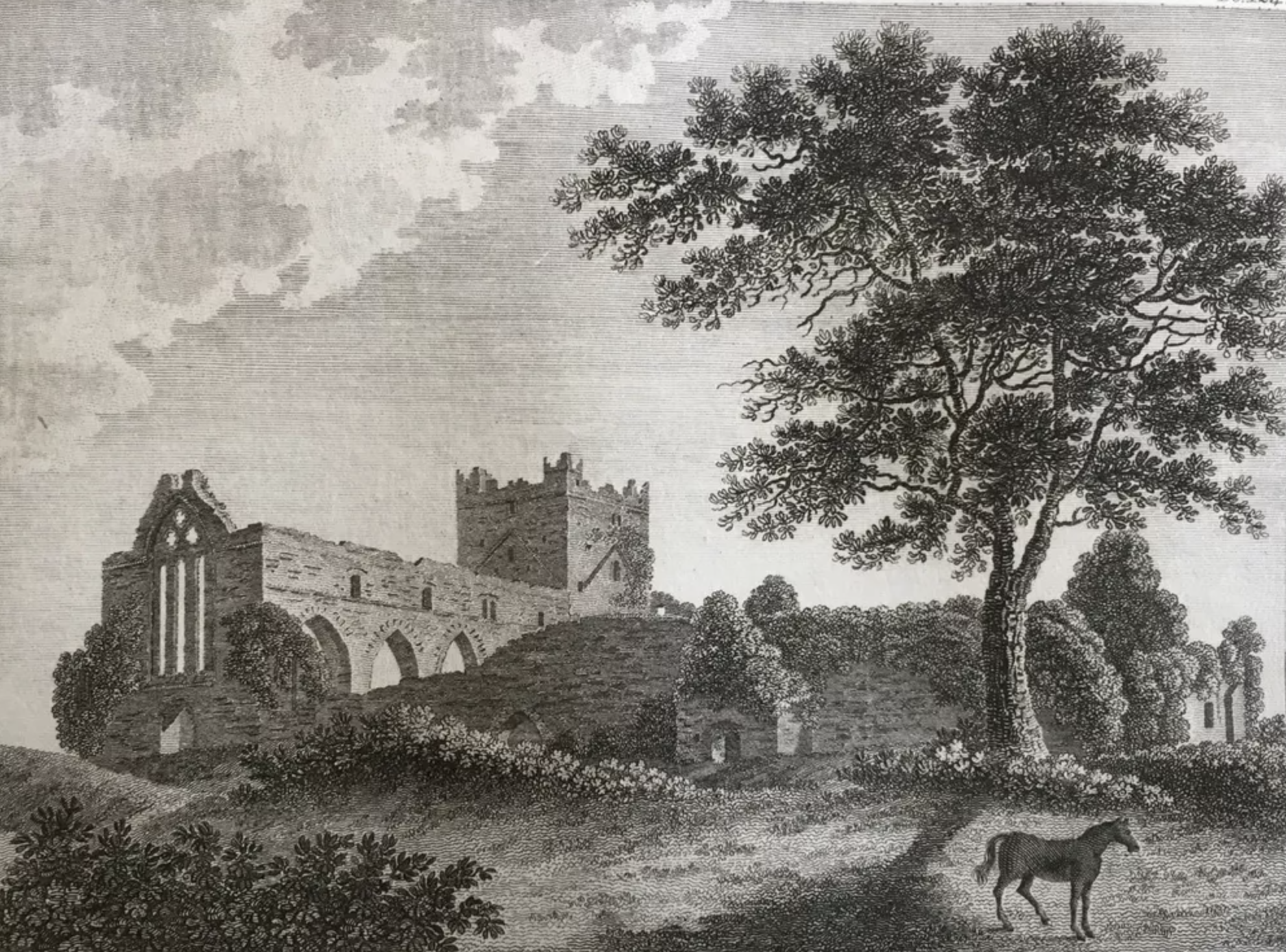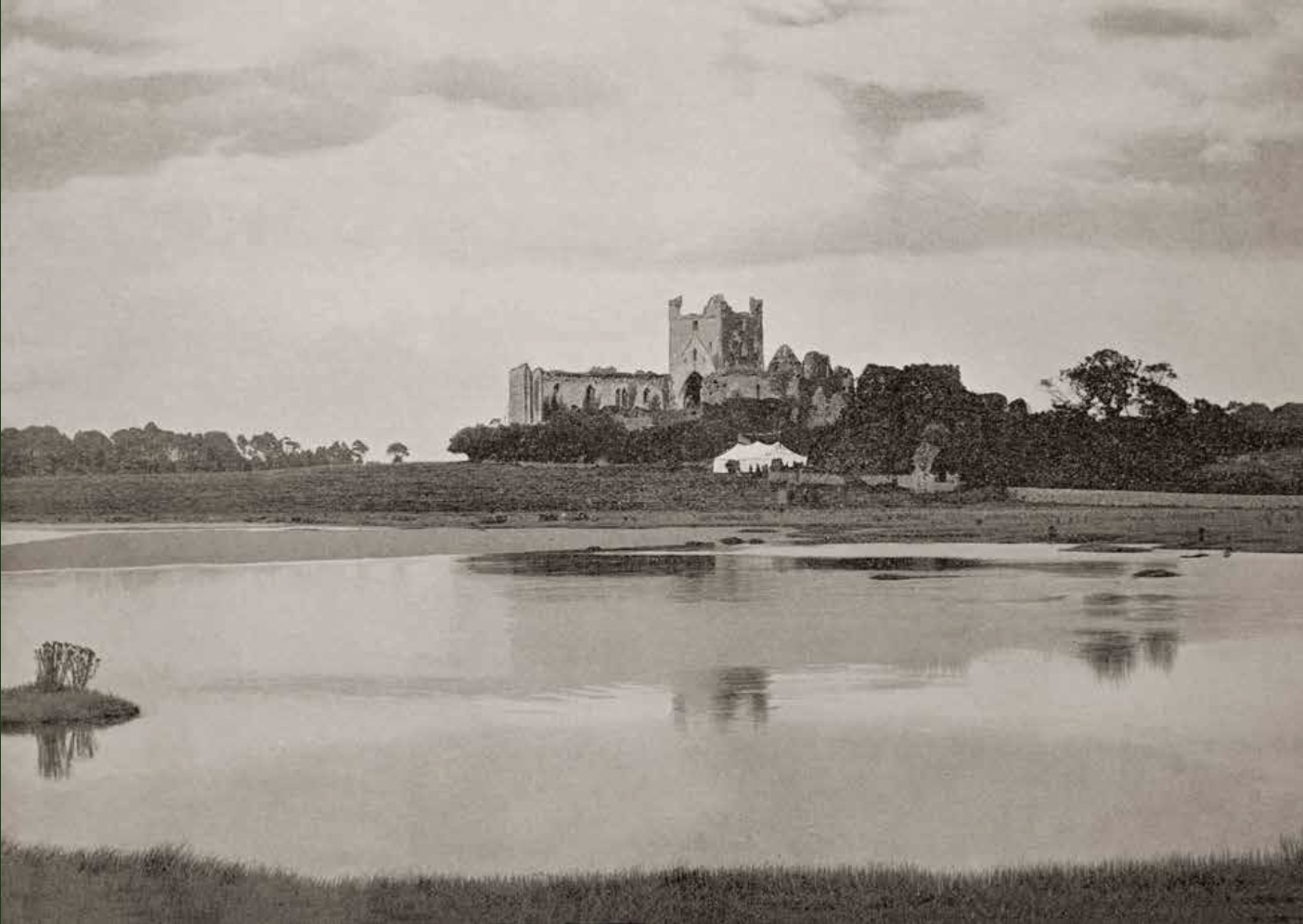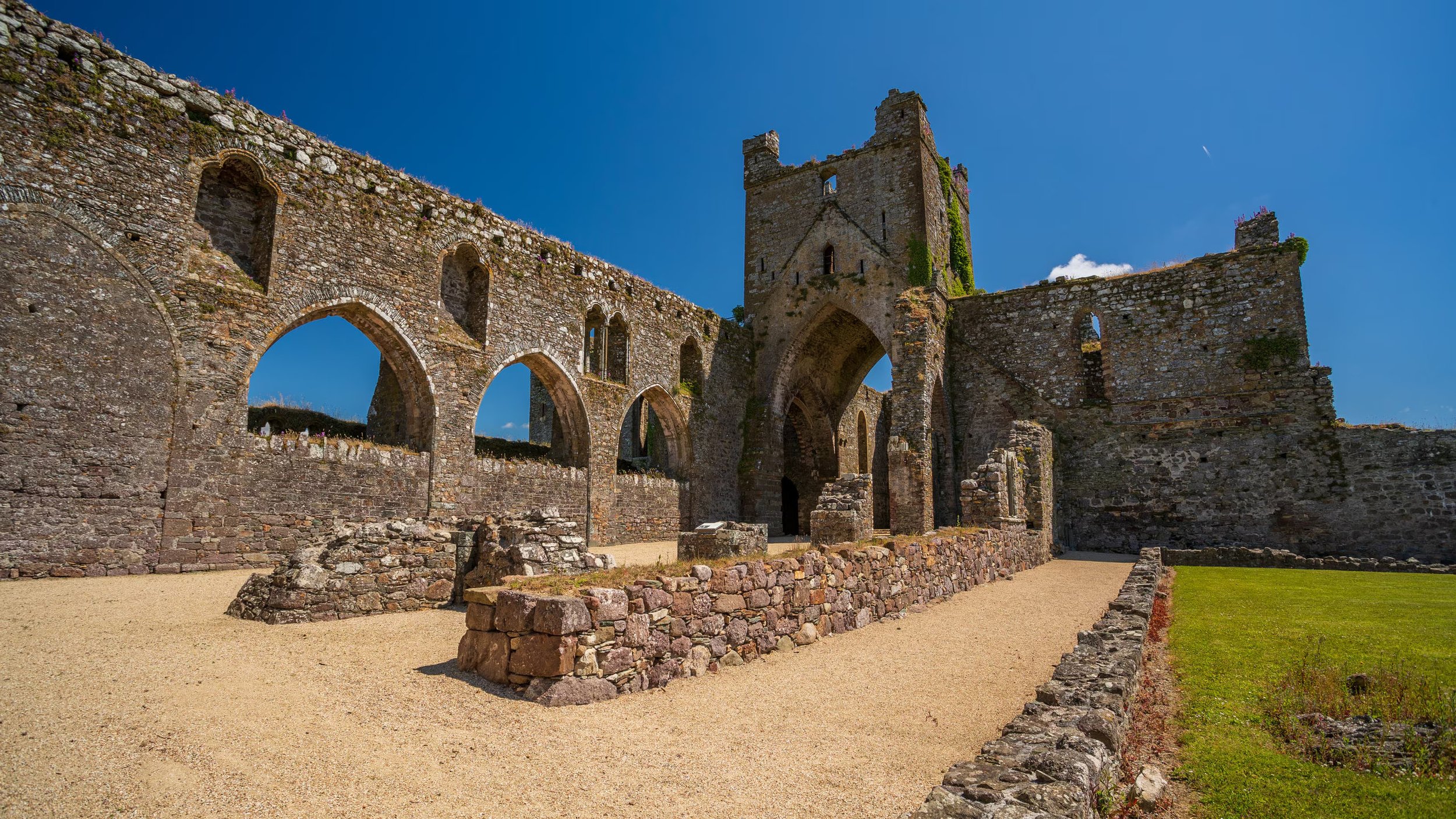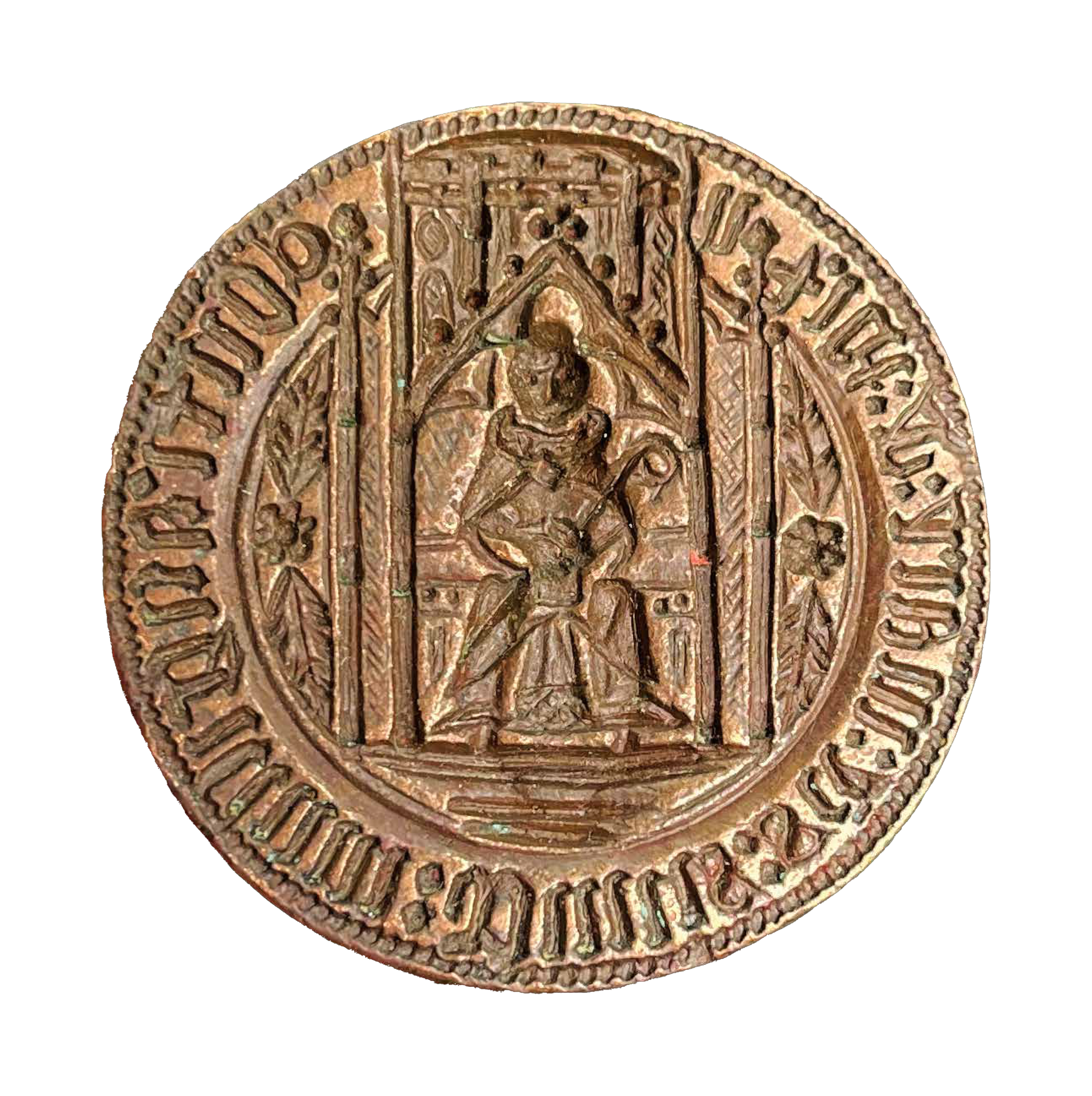
ABOUT DUNBRODY ABBEY
Founded in 1170, Dunbrody Abbey is one of the finest example of a Cistercian monastery in Ireland
A brief history of Dunbrody Abbey
Richard de Clare, known as Strongbow, played a pivotal role in the Anglo-Norman invasion of Ireland. His marriage to Aoife, the daughter of Irish king Dermot MacMurrough, further solidified his influence in the region. Strongbow directed his uncle, Herve de Montmorency, to establish a Cistercian monastery in County Wexford. Consequently, Herve founded Dunbrody Abbey on land he received for his services. Later in life, Herve retired as a monk in Canterbury, where he eventually died and was later interred at Dunbrody.
In the early 13th century, land disputes led to intense competition and violence between Dunbrody and Tintern Abbey. In 1355, Dunbrody's abbot and monks were accused of expelling and robbing Tintern's abbot. Despite its modest size, Dunbrody Abbey flourished until the 16th century. However, following the Dissolution of the Monasteries by Henry VIII, the Abbey was suppressed by an Act of Parliament in Ireland in 1537, and its last abbot, Alexander Deverux, surrendered it. The abbey was looted and left uninhabitable for monks, with its lead roof melted down using wood from the structure.
In 1545, Sir Osborne Etchingham acquired the land and monastery, and his son converted it into a residence, remnants of which are still visible today. By 1650, without a male heir, the estate passed to Jane Etchingham, who married Arthur Chichester, 2nd Earl of Donegall. The Chichester family own the lands to the present day. In 1911, the family transferred it to the Office of Public Works, which continues to maintain it today.



Completed in 1220, Dunbrody Abbey is one of Ireland's longest abbeys at 59 meters, retaining much of its 13th-century church and structures.
The construction of the abbey likely began with the chancel and transepts, followed by the nave. Significant changes occurred in the 15th century, probably including the addition of the crossing tower. Remnants of the night stairs in the south transept, which provided access to the monks' dormitories for evening prayers, are still present. However, the elaborate window depicted in 18th-century illustrations of the church's western wall collapsed in 1852.
Today, remnants of the cloisters remain, with traces of a lavabo uncovered in 2007. The eastern section contains the ruins of the sacristy, chapter house, and undercroft, along with nearly intact refectory walls and a reader's lectern. The kitchen reveals a varied diet of beef, lamb, chicken, pork, goose, and fish. Beyond these buildings, remnants of a gatehouse and chapel can be found. Much of the abbey's stone was imported from Dundry, England. Visitors now enter from the east, though the original grand doorway from the river is still discernible.




